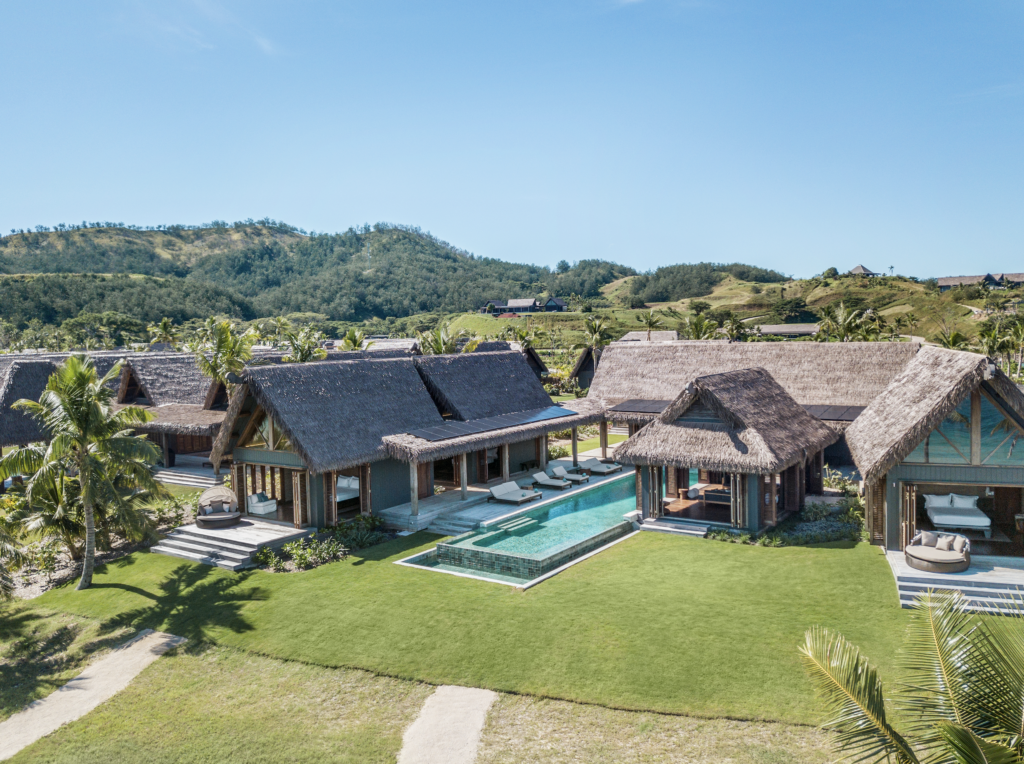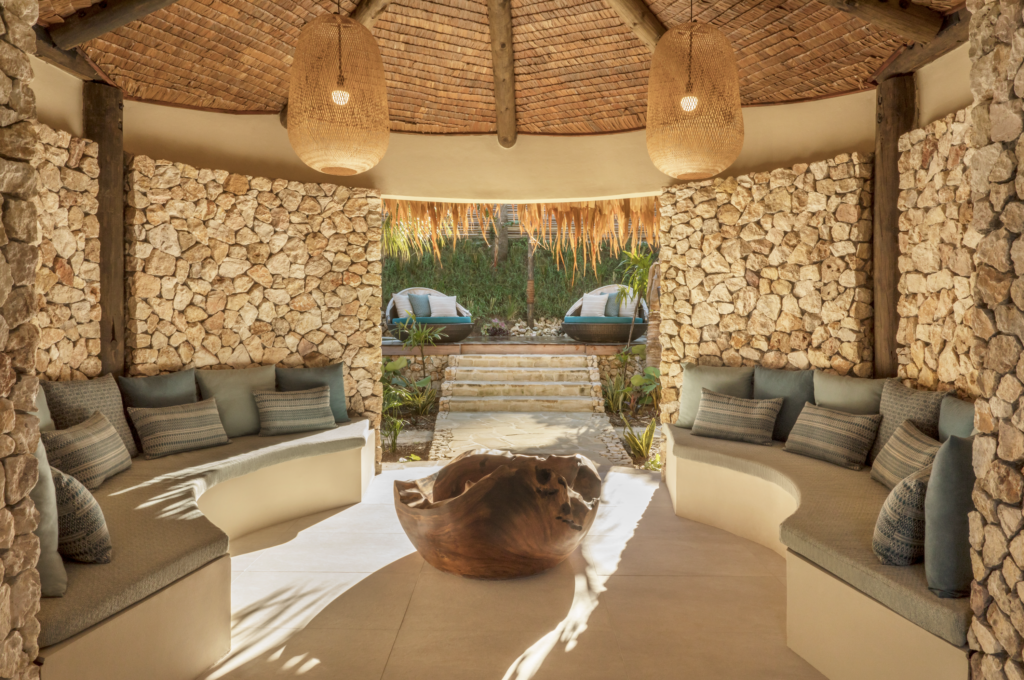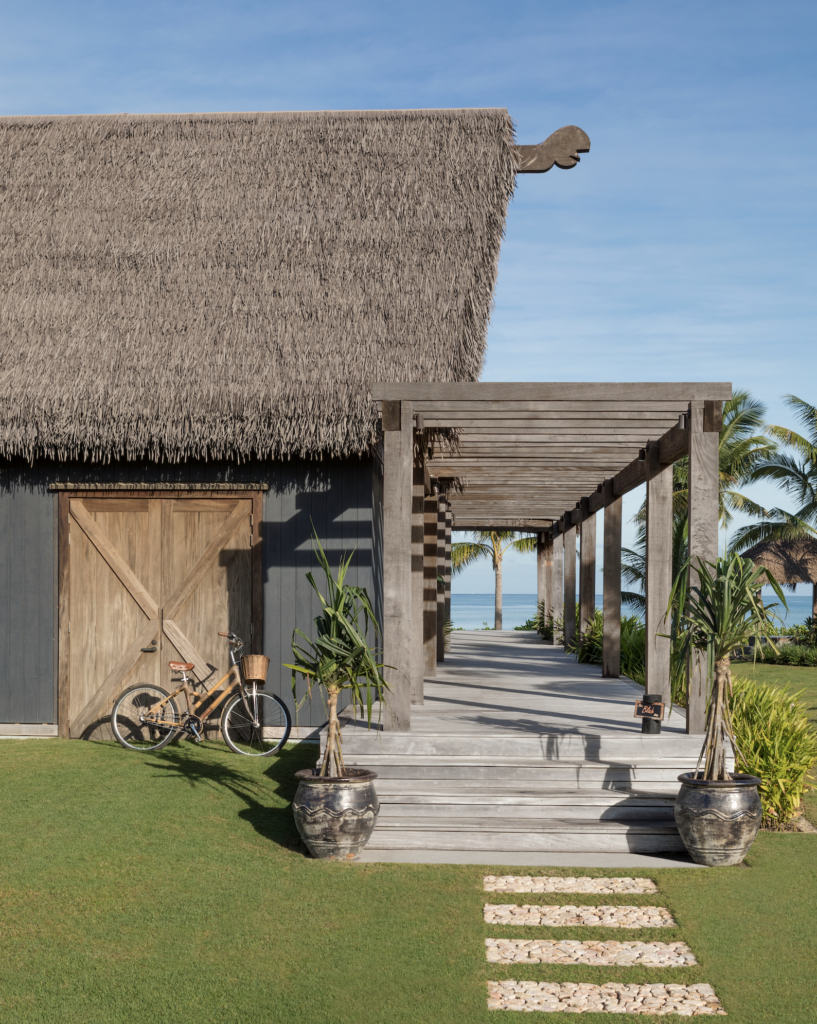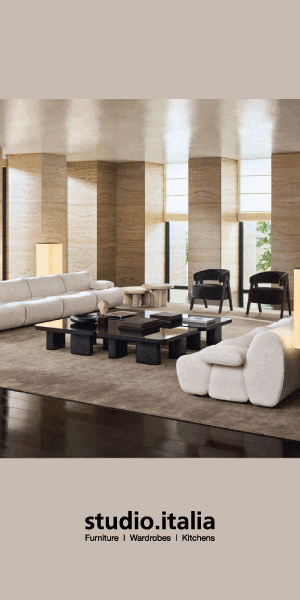Designed by New Zealand architect Richard Priest, a luxury development in the turquoise bay of Malolo Island — a few miles away from Fiji’s largest island Viti Levu — is Vunabaka, an enclave of expansive private homes and the boutique Six Senses Fiji resort.

Malolo Island lies at the heart of the iconic Mamanuca Islands, a pristine natural environment where Richard envisioned a collection of simple but opulent buildings that open to and embrace the environment.
From the water or the air, the development appears as any Fiian village would in terms of composition, plan, and form: a series of simple gabled pavilions connected by covered walkways and green spaces woven into the island’s rocky headlands and lush rainforest.

On arrival, the architectural intentions of the pavilions unfold, offering a material palette deeply connected to the island’s natural resources and the colours and textures of the flora and fauna.
Thatched roofs echo the traditional Fijian vernacular, and material palettes are simple but opulent. Momi stone, sourced from nearby Momi Island is used throughout; the buildings are wrapped in a dark-toned Shadowclad plywood cladding, while a plantation-grown Fijian mahogany is used for flooring and decking.

“Cross-ventilation is important, so we’ve used bifolding operable louvres to allow the buildings to be closed down or opened up, and it also creates a beautiful dappled light.
“You just need to look around in Fiji to understand how materials have been used traditionally and adapted over time, and then take those cues to create something appropriate for this type of development,” Richard says.
Six Senses Fiji comprises three restaurant buildings and 28 rooms, and the resort also manages many of the private residences.

Despite the sheer size of the project — with 25 expansive houses built to date, each with its own pool, and another 70 sites in various stages of development — from the sea or air, it remains sensitive to its pristine environment. The resort conserves and collects water, grows its own organic produce on site, and has one of the largest off-grid solar-power installations in the Southern Hemisphere. More than 100 hens and roosters roam nearby and produce eggs for the restaurants, and a beehive area produces honey and honeycomb.
It is a private island that offers an absolute escape — surrounded only by the ocean and the lush green of the forest-covered inland.
The Colours of Fiji

Retreat
A palette by Natural Paint Co.
Embracing a captivating and inviting sense of warmth and relaxation, Retreat embodies the tones of tropical opulence — from the earthen colours of contemporary bures to the harmony of muted blues and greens, it is a dance of organic whimsy.
Grounded by the red-brown of Wild Earth, the jazzy pop of Raspberry Fizz, and the subtlety of At The Bay and Wilderness, Retreat embodies the simple luxury of contemplation and whimsical connections to island escapes.
Use code FIJIHOME to order four free Natural Paint Co. test pots.




